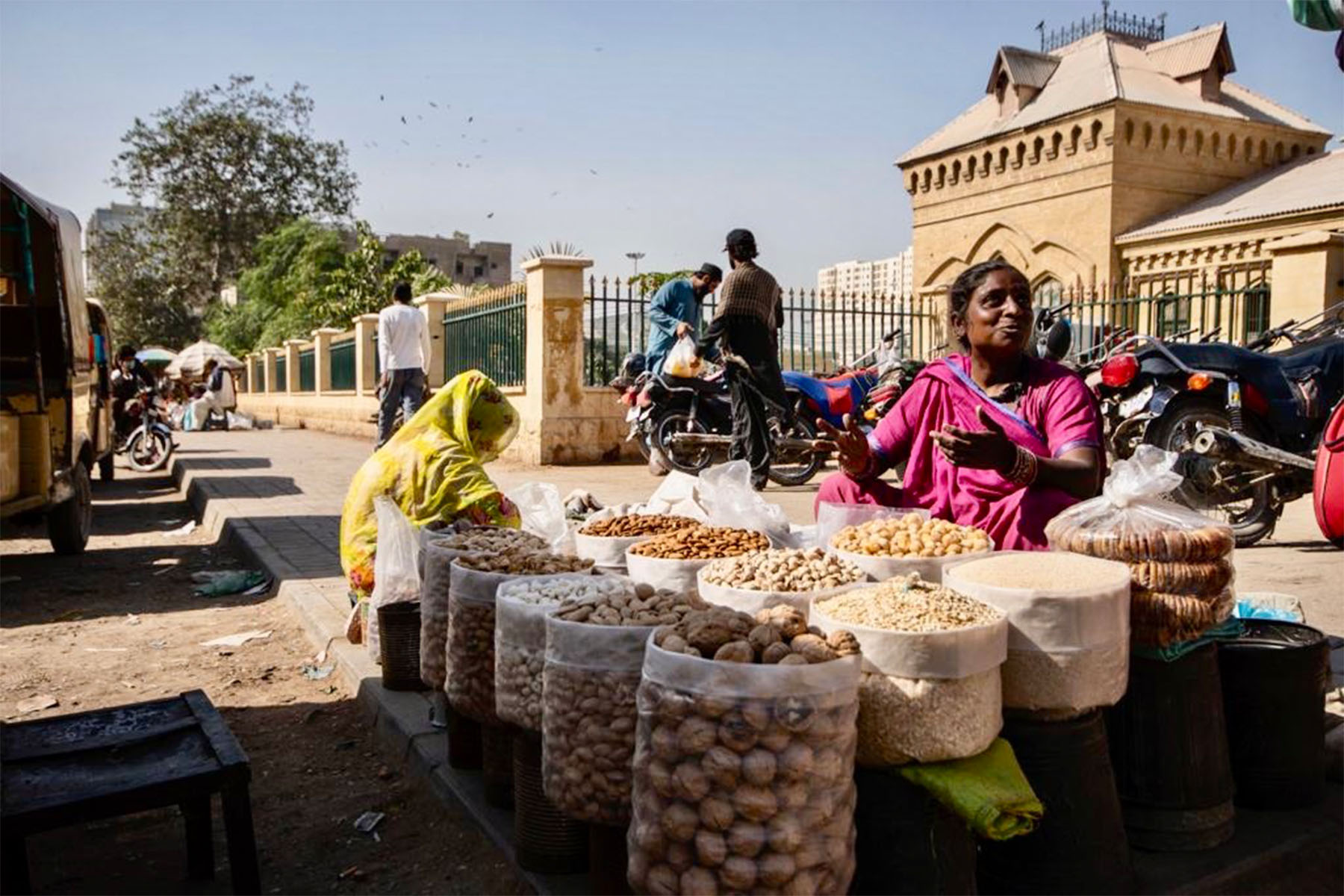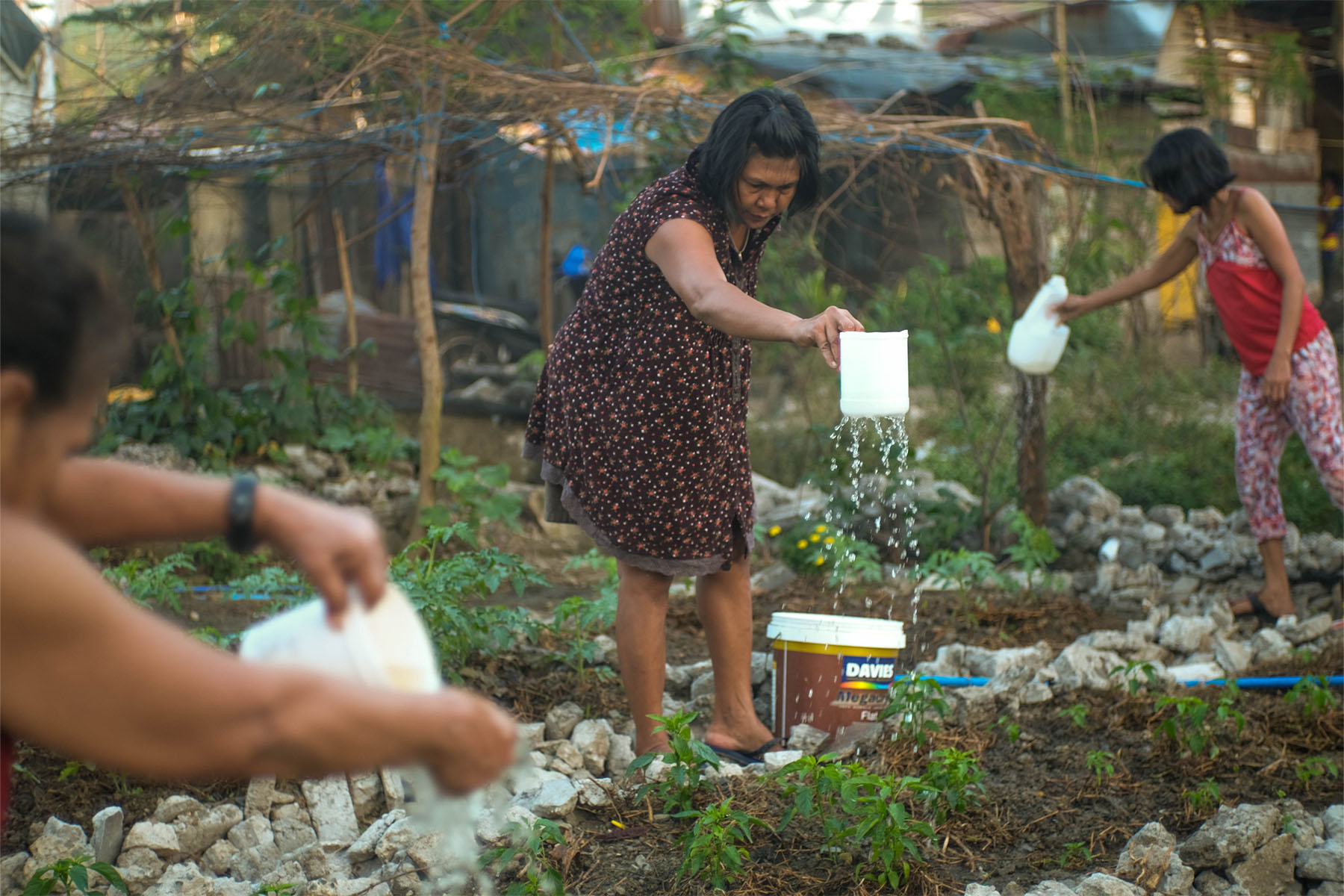
The COVID cost for Asia’s informal workers

A new book investigates the ravages of the COVID-19 impact on people in the informal economy across Southeast and South Asia
Published 30 June 2023
As COVID-19 took hold across borders in 2020 and 2021, more than 1.6 billion informal workers were estimated by the United Nations to have been impacted by mobility restrictions and other ‘lockdown’ measures to tackle the coronavirus pandemic.
The International Labour Organization defines the informal economy as a diverse set of economic activities, enterprises, jobs and workers that are in law or in practice not covered, or insufficiently covered, by formal arrangements.

Informal workers can include professions like minibus drivers in Africa, market stands in Latin America and the hawkers found at traffic lights around the world. In advanced economies, examples can range from, “gig and construction workers, through domestic workers, to registered firms that engage in informal activities”.
Urban informal workers play a significant but unappreciated role in cities and they continue to be largely excluded from official statistics. They could not enjoy worker rights and protections – and this has become starker during the COVID-19 pandemic.
In the Global South, the pandemic severely affected the sprawling megacities in Southeast and South Asia where there is a very high concentration of informal workers.
In fact, over 50 per cent of the labour force in the urban Global South relies on the informal economy.

Our research examines the responses to the pandemic impact on informal workers in five Asian megacities: Dhaka (Bangladesh), Hyderabad (India), Karachi (Pakistan), Jakarta (Indonesia) and Manila (Philippines).
We gathered voices and experiences from across these subregions and diverse worldviews on Southern urbanism, which included issues surrounding state measures to manage the COVID-19 crisis, unpacking gaps and lessons learned in addressing the needs of informal workers.
These voices also shed light on grassroots solidarity practices that have cushioned the devastating effects of the crisis.
Livelihoods on the line
Over the last two years, much research has chronicled how the still-ongoing COVID-19 crisis has exposed urban inequities, compounded by pre-pandemic institutional arrangements and social relations.
Amid the inadequate state support to cushion the health and welfare impacts, the crisis decimated the livelihoods of urban informal workers in many Asian cities.

Insights in all five cities reveal that informal workers endured the following issues during the height of the pandemic: a high exposure to the virus, loss of livelihoods, mobility restriction, inadequate state support and exclusion from state aid.
While mobility restriction was a critical concern, many informal workers hardly remained locked down as they had to provide services to those who could work from home.
Arguably, these labourers are part of marginalised populations who had been taken for granted even when times were good.
Issues surrounding informality involve gendered relations and other layers of power asymmetry; the notion of intersectionality attends to multiple causes of vulnerability – race, gender, ethnicity, class and age – which further entrench the overlapping layers of inequality and marginalisation.

Politics & Society
The China divide
Common themes
Several common threads emerge from the cities.
Notably, populist momentums underpinned by brute force interventions to secure the virus, for instance in the Philippines, resulted in widespread human rights violations and bolstered the involvement of the police and military.
Across these countries centralised forms of command and control or special agencies were established to coordinate policy responses and to create a database that tracked the spread of the virus.
These interventions accelerated the uptake of digital transformation in urban health and more generally in urban management, but with underpinning inequalities in dealing with issues of protracted hunger and healthcare crisis for the poor and marginalised populations.
Another common thread across these countries was the layering of lockdown measures that ranged from curfews (Hyderabad), national lockdowns, stringent enhanced community quarantine (Manila) and large-scale social restrictions (Jakarta) to smaller scale interventions such as micro-smart lockdowns (Karachi), area-wise (Dhaka), to micro-enforcement of community activity (Jakarta) at a later phase to contain the spread of the virus in specified ‘hotspots’ or red zones of the city.

These interventions not only proved to be disastrous for informal workers, but also led to panic and anxiety, especially among migrant workers (Hyderabad) who could not return to their homes due to restrictions on their movement and the closing of state borders.
However, informal workers like street vendors also relied on various coping mechanisms (Jakarta) to mitigate the impacts of a declining turnover of trade; for instance some switched to selling online to attract a wider range of customers and others adjusted the types of goods sold with items that were much needed during the pandemic.
Entrenched inequality

Politics & Society
It’s time to build South Asia literacy in Australia
Beyond the fundamental health crisis, the COVID-19 crisis has revealed and deepened existing inequalities for urban informal workers, exposing inadequacies in employment, shelter and social welfare services.
In Hyderabad, for instance, the lack of comprehensive social security measures resulted in the phenomenon of massive ‘reverse migration’, which occurred when thousands of migrant workers lost their livelihoods in urban areas and were forced to return to their rural villages.
The distribution of aid in the cities we examined was marred by irregularities that were partly caused by inaccurate estimates of the volumes of informal and migrant workers.
Many of these daily wage earners, like street vendors or rickshaw pullers, work in plain sight yet they are often statistically invisible and are ‘off the map’.
Collective action
While the crisis has profoundly affected informal workers around the globe and severely disrupted economies, there have also been hopeful narratives about how communities coped with the crisis through grassroots collective action, inter-class solidarity networks and infrastructures of care.

Informal communities already possess a high level of local organisation when responding to the pandemic.
We recommend the deployment of a grounded, informal workers’ needs-based approach in pandemic response and recovery strategy.
This can strengthen the urban informal workers’ capacity to bounce back from the global crisis.
This entails a holistic appraisal of the needs of informal workers, their immediate families and socio-economic networks, which can then inform a coordinated effort in providing better support for their lives and livelihoods.
This is an edited extract of the free-to-download Introductory Chapter of the book COVID-19 and informal workers in Asian cities: Impact, response and implications for urbanrecovery, which is available now.
Banner: Sujeeth Potla/Unsplash







